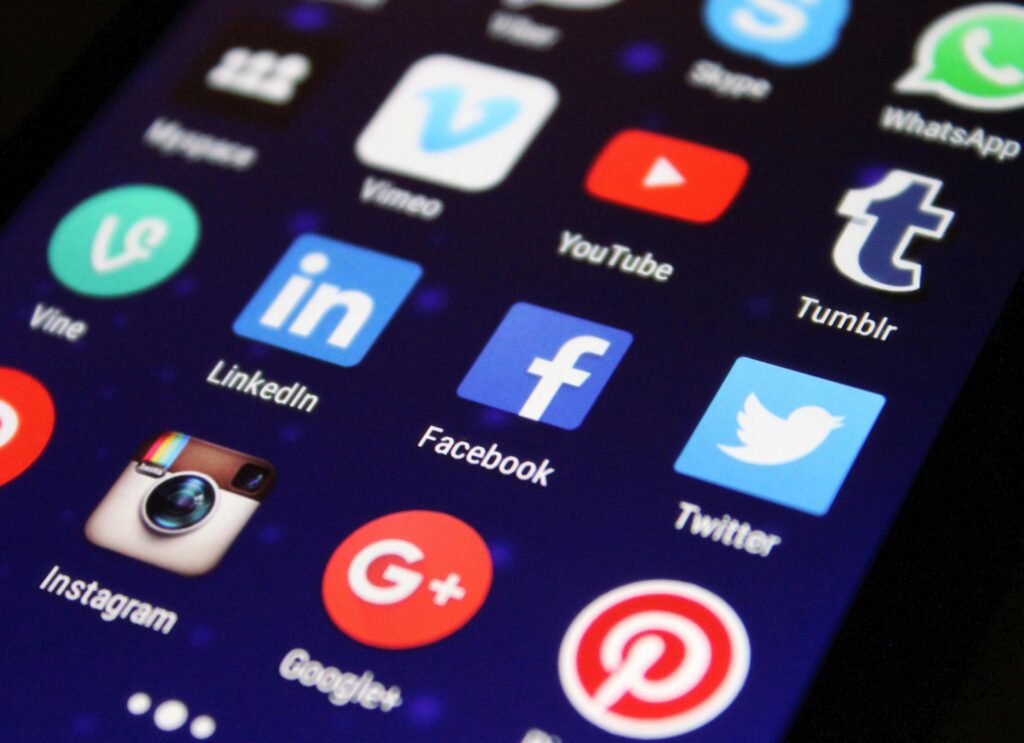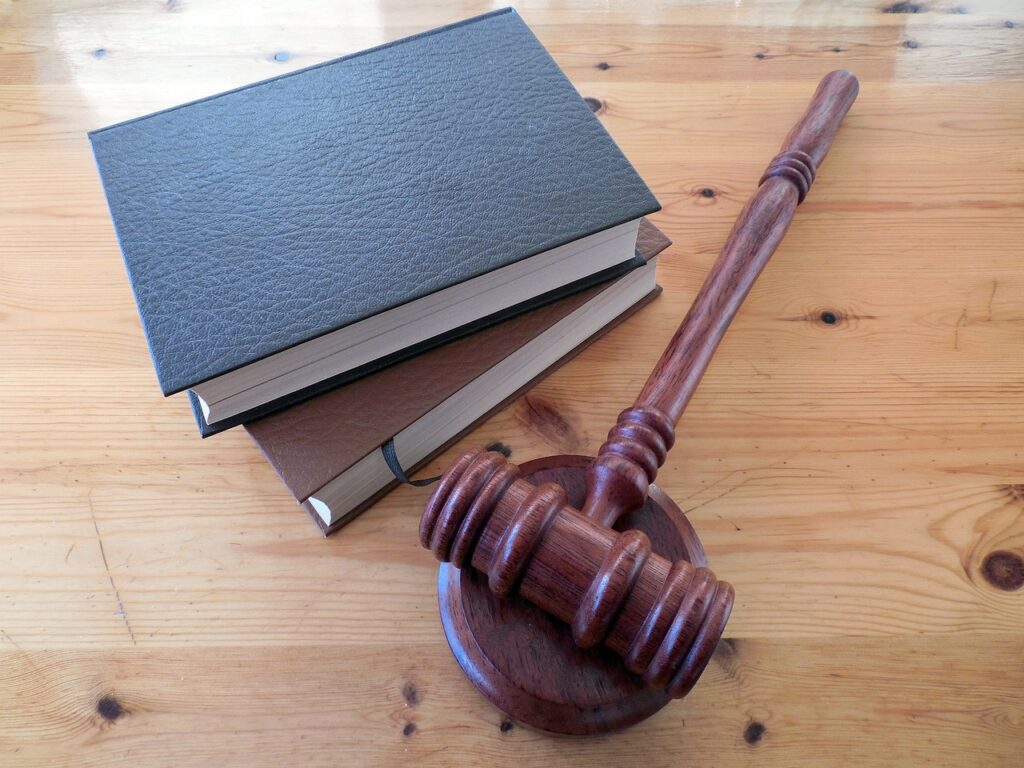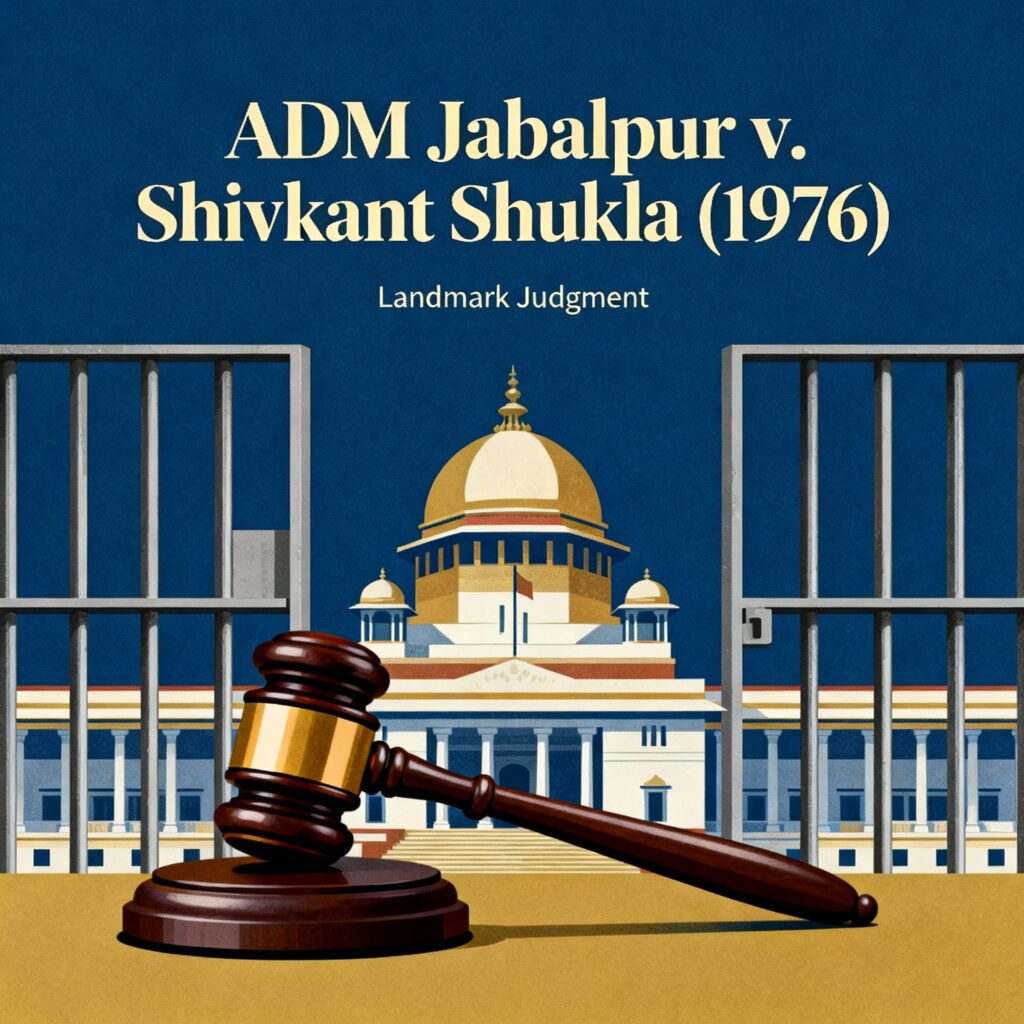Published On: 21st January, 2024
Authored By: Raaj Shekhar Mohapatra
Symbiosis Law School, Hyderabad
The eminent Stanford Institute’s co-director Fei Fei Li proclaimed that “artificial intelligence is not a substitute for human intelligence; it is a tool to amplify human creativity and ingenuity.”[1] This profound statement raises a pertinent question: how does the artificial intellect affect the intellectual property rights of the foremost human thinkers?
AI and IPR in India: A Brave New World of Legal Challenges and Opportunities:
AI is creating new works and inventions that are different from the ones covered by India’s old IP provisions such as the Trademarks Act, of 1999, the Patents Act, of 1970, the Copyright Act, of 1957, and the Designs Act, of 2000, are not designed to handle the complex issues of who owns or made the AI’s work. This creates uncertainty and difficulty in obtaining and enforcing IP rights. AI can also make amazing inventions, but the extent of human involvement and compliance with the patentability criteria are unclear.
It is pertinent to also allow AI to demonstrate its potential as a possible creator or inventor when it meets certain conditions of originality and independence. It should also have clear and objective standards to evaluate AI’s creativity and inventiveness, whether it is in music like “Bot Dylan” or art like “The Next Rembrandt”. Striking this delicate balance between fostering innovation and safeguarding intellectual property rights is no easy feat. It requires a deft hand, a keen eye for nuance, and a deep understanding of the complex interplay between technology and law.
A group of legal protections known as copyright guards works of human creativity. Innovative and creative literary works, creative works, theatrical works, musical compositions, audio recordings, cinematographic movies, and computer programs are all protected by copyright in India. The expression of a concept is protected by copyright, not its essence or idea altogether. An author is defined under Section 2(d) of the Copyright Act 1957[2]:
The legal individuality of an author is not expressly mentioned in the aforementioned Section 2(d) of the Copyright Act, 1957; rather, it defines the term “Author” in connection to copyrightable productions. The main indication that only natural humans are safeguarded as writers under the Indian Copyright Act is the lack of recognition of any artificial person or distinct legal organization from the aforementioned section, as per the scope of the Copyright Act, 1957. In the case of Rupendra Kashyap versus Jiwan Publishing House (P) Ltd [3]regarding the authorship of the test question paper, the Honorable Delhi High Court stated that the person who collects the questions is referred to as the author—a natural person, a human, and not only a virtual individual. It is not a natural person that is the Central Board of Secondary Education (CBSE). If the Central Board of Secondary Education (CBSE) can demonstrate that it hired individuals to prepare and compile exam question papers, it may be granted copyrights if the agreement clearly states that the Central Board of Secondary Education will retain all copyrights in that regard. This ruling establishes that a legal body cannot be considered the author of any artistic creation when copyright is present. Later on, in Eastern Book Company & Ors. versus D.B. Modak & Anr[4], Section 13 of the Copyrights Act of 1957[5] states that novelty in the works is a requirement for copyright to be protected in literary, artistic, musical, or dramatic creations. Since the legislation does not define “originality,” the Supreme Court of India applied the criteria of “modicum of creativity” to decide whether the works qualify for copyright protection in this particular case. The original creations must satisfy the benchmark’s minimum standards for creativity and cannot be the product of expertise or labor-intensive effort.
The concept of authorship stipulates that only an actual individual may be safeguarded as an author under the terms of the Copyrights Act, 1957, by excluding artificial persons or AI systems as authors of any piece of writing that is subject to copyright. This is further supported by the Copyright Office’s Practice and Procedure Manual 2018, which specifies that, for the purposes of copyright, a natural person may be the work’s creator but a legal entity cannot be considered the author of the work in any way. According to the Copyright Act of 1957 and the observation of courts in several rulings, it is agreed that a natural person is an actual human being. This calls into doubt “authorship” in works created by AI. As we mentioned earlier, artificial intelligence has advanced to the point where it can now produce things independently of human intervention. Numerous concerns about the intellectual property rights associated with these creations are brought up by this. AI-generated content can be categorized as either “AI-generated content with human assistance” or “AI-generated content without human assistance.” Creations produced by AI with human assistance — in this instance, authorship of the product can be granted to the person who gave the AI system its creative input because there was human involvement. AI-generated works produced without human assistance In this instance, the pieces produced by AI lack human input and the legislation is unclear. As a result, giving credit for authorship to the person who developed the AI system is one strategy. Since it is assumed that the AI system is programmed to produce an outcome or result on its own, the programmer who gave the AI system the appropriate instructions to produce the desired outcomes should be credited as the author of the AI system’s original pieces.
Who owns A.I.?
AI is “the study of agents that exist in an environment and perceive and act,“[6] according to Russell and Norvig, while “A field of study that seeks to explain and emulate intelligent behavior in terms of computational processes“[7] is how Schalkoff describes artificial intelligence. The relevance of behavior and emulation is emphasized in the later description. In reality, we may be inclined to use terms like perceive and think when we see the actions and outputs of AI systems without understanding how they operate internally, as if they were “black boxes” that we are unable to pry open. Even while a word processing system can be useful in writing a novel, the user of the system is the one who writes the novel; the system has very little influence over the finished product. Stated otherwise, this kind of device is a basic instrument, like a paintbrush. Although different goods may require different tools, the user (author) is still in charge of contributing their creativity to make any particular outcome. A system that provides the user with a limited range of options is the opposite extremity. The caliber of the data has a major impact on how well machine learning-based AI systems operate. Therefore, it is equally necessary to recognize the role of the data supplier. To use the avatar example again, the system may take pictures or paintings that were not strictly meant to be utilized as parts of avatars and retrieve the graphical elements it utilizes to generate the avatars from a third-party source of information. It is undeniable that copyright is viewed as a motivation for authors to create, even though the utilitarian approach begins with the welfare of the general public and society.
AI and IPR Infringement
For an AI system to provide a result, programming is required. A data collection containing information must be fed into the AI system by the programmer. The artificial intelligence system gathers, examines, and modifies preexisting data to produce an output that is a synthesis based on the information. The data needed to get the desired outcome may be found in works that are copyrighted by certain people or in public domains. As a result, the work generated by an AI system is only a modified copy of a preexisting work rather than an original one. According to the foregoing, giving AI systems legal status and safeguarding their output could lead to infringement on already-published works that are protected by copyright. Is it feasible to hold an AI system accountable for infringing if the system is granted unique legal status as the author and proprietor of the operates? With reference to the Copyright Act of 1957, Section 51 When a copyright was violated.
Examining the aforementioned provision of the copyright laws, it is evident that violation of copyright in works or creations is limited to “persons.” Any infringement brought about by an AI system will be problematic since the legal standing of these systems is still unknown. Determining the liabilities of an AI system will become challenging due to the lack of an AI’s legal position with regard to authorship and ownership. Establishing an appropriate framework and procedures is necessary to ascertain who is responsible for copyright violations brought about by AI systems. Section 17 of the Indian Copyright Act, 1957[8] designates the author as the original proprietor of the works. Nonetheless, the owner of the work often receives the transfer of ownership rights when it is created. Therefore, it will be difficult for AI systems to assign ownership since AI cannot approve or let someone else become the owner of the property. The author’s unique rights, protected by Section 57 of the Copyright Act, 1957[9], commonly referred to as moral rights (rights of paternity and integrity preservation), will be called into question. It will be challenging to determine whether or not the writer’s moral rights in relation to the original works are compromised if the AI system is given legal status. The author’s sentiments and emotions are linked to their unique rights or moral rights over their original works. The author’s special rights may be revoked in such a scenario if AI systems are granted legal standing or authorship.
AI and IPR Ethics
According to the European Parliament, Council, and Commission (2012), all initiatives uphold the principle that AI cannot infringe upon core human rights, including human dignity, security, privacy, freedom of expression and information, protection of individual information, fairness, unity, and justice. How do we make sure AI respects these basic human rights and puts people’s welfare first? Or that the quality of life in society as a whole is not diminished by AI, or that it does not disproportionately impact vulnerable groups like children, the elderly, or those with disabilities?
The IEEE supports new governance frameworks, standards, and regulatory agencies that supervise the use of AI; transforming preexisting legal responsibilities into informed policy; permitting cultural norms and legal structures; and always ensuring the protection of human rights and preserving total human authority over AI without giving it human-level rights or privileges (IEEE, 2019). The IEEE recommends prioritizing human well-being all through the process of design and using the best and most widely-accepted accessible statistics to readily determine the societal achievement of an AI in order to protect human well-being, which can be described as “human satisfaction with life and the conditions of life, as well as an appropriate balance between positive and negative affect“[10]. Disclosure and accountability overlap in that there should always be suitable means to recognize and track the violations of rights, as well as to provide suitable remedies and changes. Another important factor in this situation is private information; AI gathers a variety of personal data, and users need to be able to access and manage their data to make sure that their legal rights are being properly protected (IEEE, 2019). The Foundation for Responsible Robotics states that to accomplish their aim of “accountable machines,” which depends on proactive innovation to protect society values like safety, security, privacy, and well-being, AI must be ethically built with human rights in mind. In order to increase openness, the Foundation works with legislators, plans and arranges events, distributes discussion materials to inform the public and legislators, and forms public-private partnerships to close the gap between companies and their customers. It advocates for more ethical decision-making beginning with the research and development stage.
Conclusion
India has a strong IPR system that has stimulated innovation and creativity. However, this regime is in jeopardy since AI systems are creating their own patentable works and ideas without the help of human creativity. The lack of clarity surrounding patents and AI copyrights could discourage the development of AI applications that benefit society. IPR protection for all AI outputs, however, runs the risk of stifling markets and undervaluing human creation.
India will have to adopt a middle ground, supporting IPR’s goal of protecting original human expression while simultaneously fostering AI innovation through restricted monopolies. This will probably require careful evaluations of AI works in order to determine the degree of human purpose and control involved. Another promising topic is the shareable IPR between AI systems and human designers. India can take full use of AI’s promise while still protecting human interests by carefully evolving IPR regulations. Now is the moment to deliberately design an intellectual property rights framework that supports and governs AI as a creative force.
Reference(s):
[1] Fei Fei Li, Artificial Intelligence: A Humanistic Perspective, Stanford Magazine, 46(3), 10-15 (2018)
[2] The Copyright Act, 1957, s. 2(d)
[3] Rupendra Kashyap versus Jiwan Publishing House (P) Ltd 1994 IAD Delhi 1
[4] Eastern Book Company v. D.B. Modak, 2008 (36) PTC 1 (SC)
[5] Supra at 2, s. 13
[6] S. J. Russell and P. Norvig, Artificial Intelligence: A Modern Approach, Pearson, 3rd edn., (2010)
[7] R. Schalkoff, Artificial Intelligence: An Engineering Approach, McGraw-Hill, (1990)
[8] Supra at 2, s. 17
[9] Ibid., s. 57
[10] Supra at 7




